Life lessons from Elmgreen & Dragset’s tennis court
A new exhibition at Berlin’s König Galerie has the artist duo meditating on empty triumphs, power mechanisms and social divisions
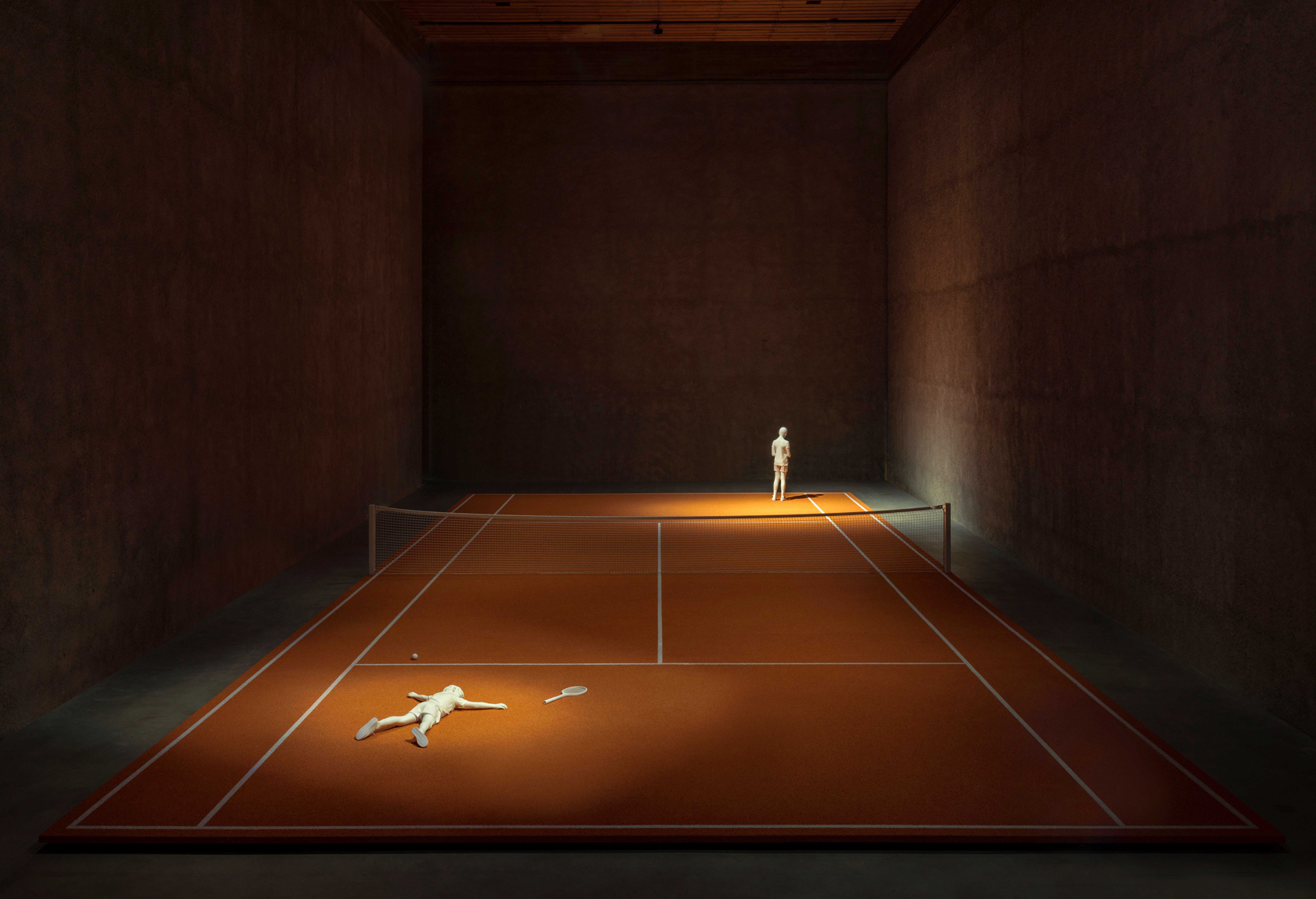
Bogdan sits in a corner of Elmgreen & Dragset’s latest solo exhibition, slouched in a wheelchair, hands clasped on his belly. He wears only grey trousers and black closed-toe sandals, leaving his fleshy, aging torso exposed and glistening from the spotlight above. Eyes shut, brow furrowed and lips lightly pursed, he looks like he’s drifting into sleep. In a possible allusion to his loneliness, the space around him is left bare.
Bogdan is one of three new, white-lacquered bronze sculptures that the artists have created for the nave of St Agnes, the Brutalist church turned exhibition space for Berlin’s König Galerie. He’s the only one visible from the stairway leading to the gallery, offering an entry point into the simple, yet enigmatic setting.
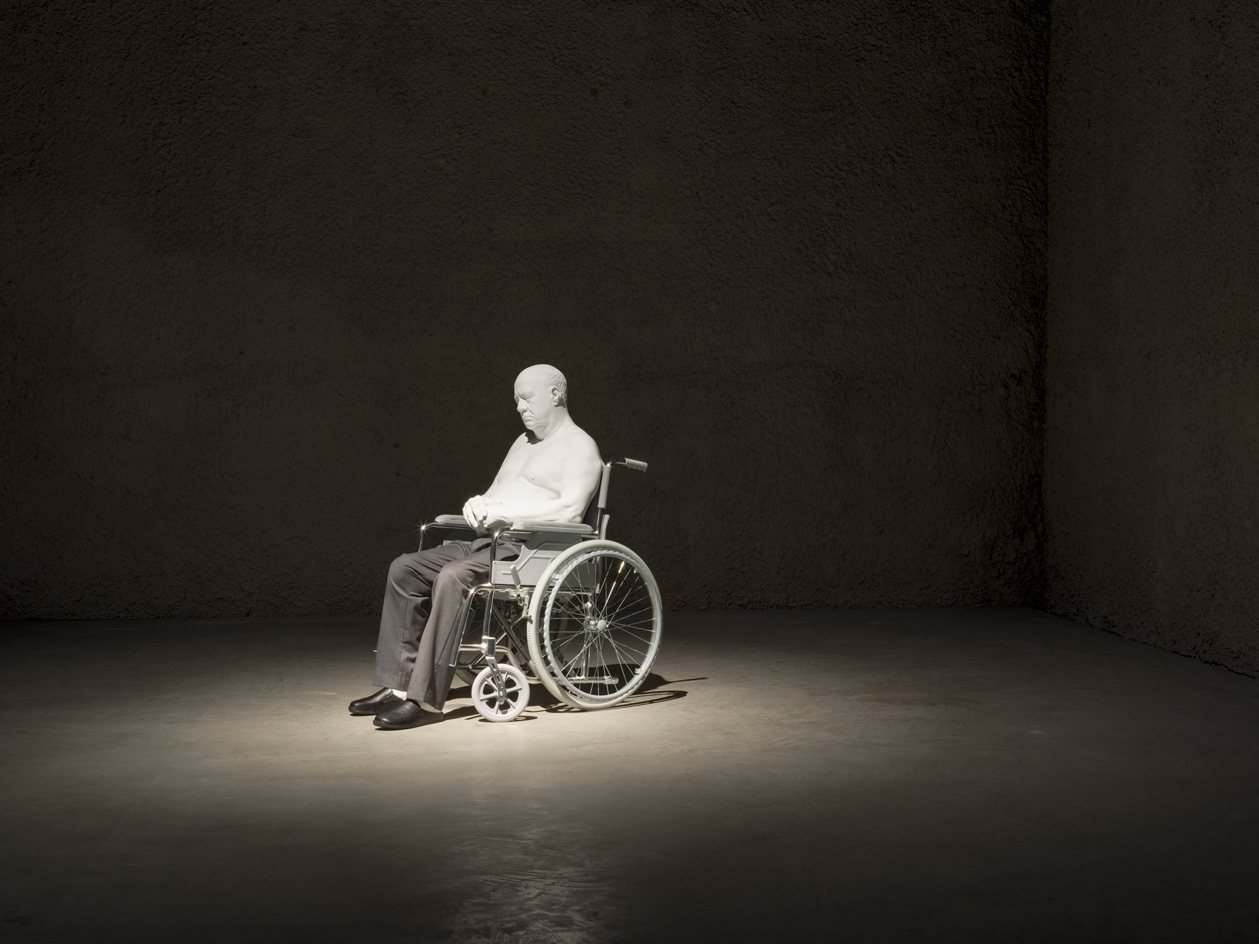
A solitary, wheelchair-bound old man, named Bogdan, is one of three white-lacquered bronze sculptures in the exhibition, and the viewers’ entry point into the tennis match.
Across the room, on a raised platform, is a tennis court. Save for the slightly reduced dimensions (ten per cent smaller than an actual court, to account for spatial limitations), the court is as realistic as it gets, laid with the same orange rubber granulate often found in sports grounds, with all the usual markings and a bisecting net. On opposing ends of the court are sculptures of two boys, Kev and Flo, who seem to have just wrapped up a match.
Kev, dressed in t-shirt and oversized shorts, lies face down on the ground, his racquet out of reach, appearing exhausted and forlorn. Meanwhile, the slightly bigger Flo, who dons a posher tennis ensemble, stands facing a corner clutching a shiny trophy. Despite being the ostensible winner of the game, his head is lowered and his expression is despondent, the taste of victory evidently not as sweet as he expected.
‘It’s not like the winner in this story comes out feeling any better than the one who has lost’
Aptly titled ‘Short Story’, the show opens up to multiple readings. At its heart is a parable about growing up: the younger boy representing the burden of expectation and craving for validation; his older counterpart realising that long-awaited achievements don’t always come with a sense of satisfaction. As a commentary on childhood, the new work is a natural successor to classic Elmgreen & Dragset installations such as their Fourth Plinth commission, featuring a boy astride his rocking horse; and Dilemma at Oslo’s Ekebergparken, showing another boy teetering at the edge of a diving board. The pairing of Kev and Flo also critiques a common practice of dividing the world between losers and winners, asking whether such a distinction is meaningful or emotionally fulfilling. ‘It’s not like the winner in this story comes out feeling any better than the one who has lost,’ explains Dragset.
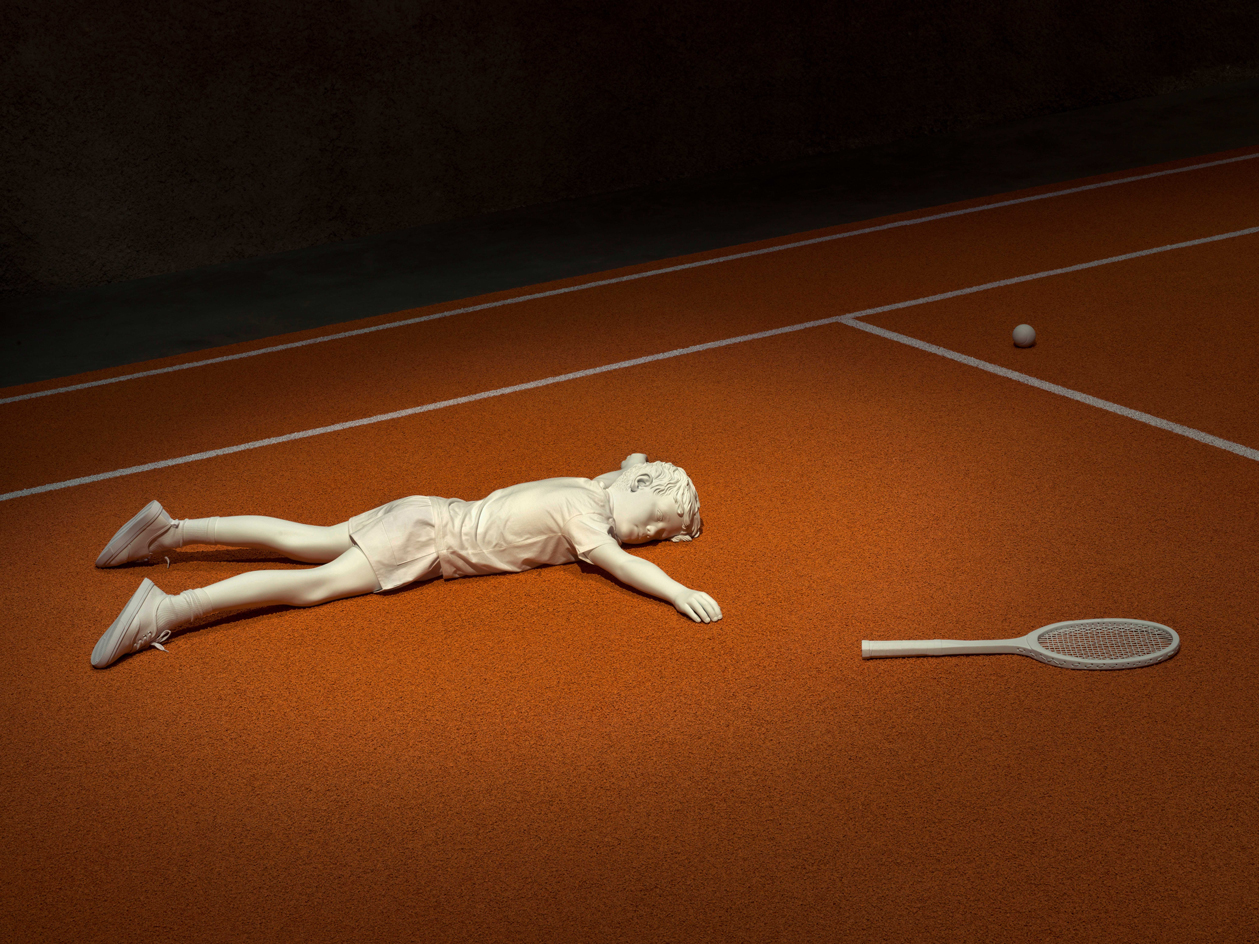
On one end of the tennis court lies Kev, the smaller of the two boys, racquet out of reach and appearing exhausted and forlorn from having lost the tennis match
RELATED STORY
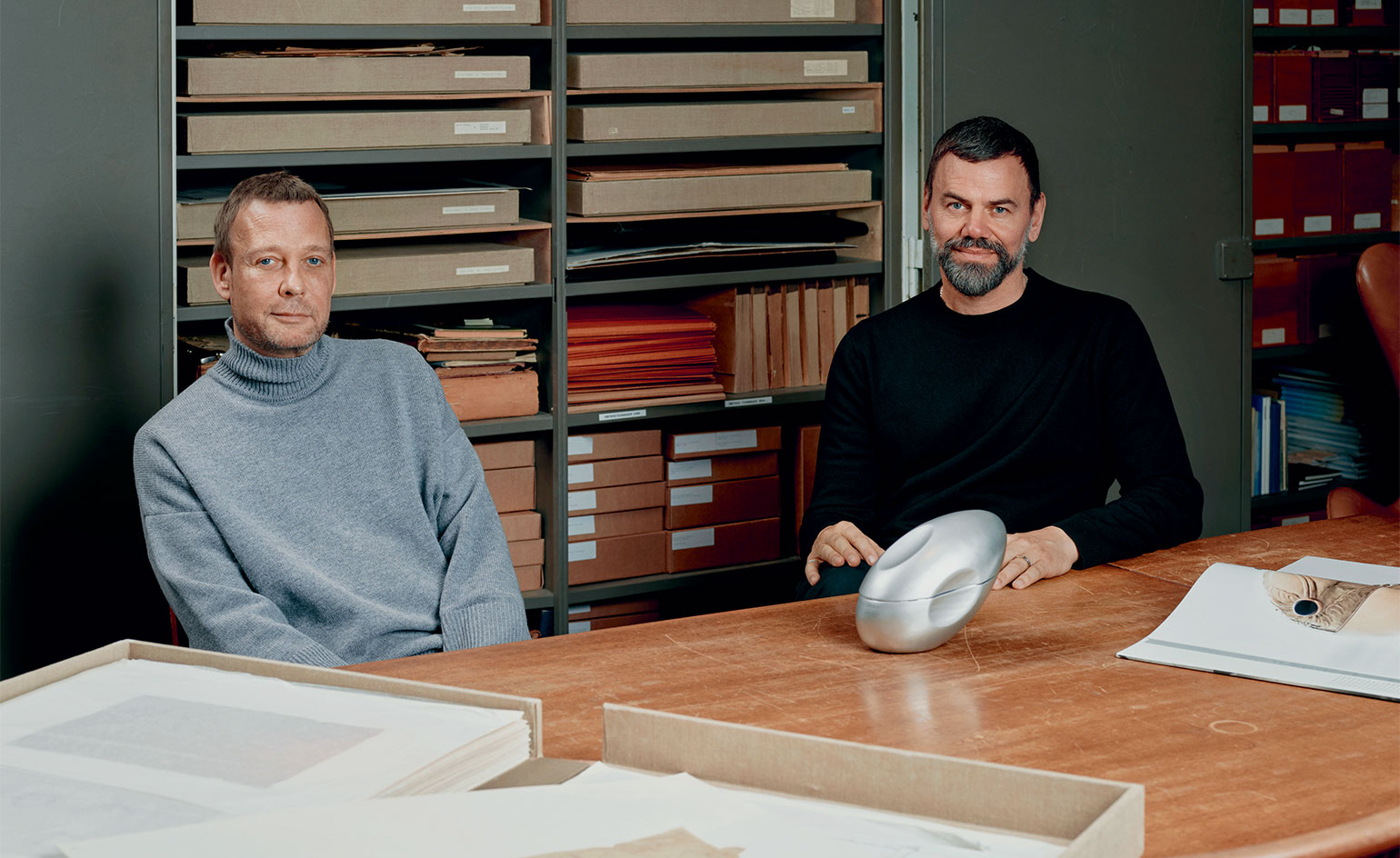
What distinguishes ‘Short Story’ from the artists’ previous work is the choice of a tennis court as its setting. Elmgreen & Dragset are no strangers to sporting metaphors, having used the swimming pool at the 2009 Venice Biennale, at Rockefeller Center, and more recently at Whitechapel Gallery. But compared to swimming – which can be an unstructured endeavour – tennis is more rigidly defined, with a clear set of rules and visual guidelines that take the form of court markings. By incorporating a tennis court into their art, Elmgreen & Dragset draw attention to ‘how people often navigate spaces in ways that become so commonplace we barely notice them any longer.’ Like they have done in the ‘Highway Paintings’ series, which frames traffic markings on rectangular pieces of asphalt, the artists wish to highlight the hidden power mechanisms embedded into public spaces.
‘I always thought it would be weird for people from the 18th century to experience our way of living,’ considers Elmgreen. ‘It must be terrifying for them to see how controlled we are. Even in our leisure, we engage in sports like tennis, where we invent rules and control mechanisms in order to have fun.’
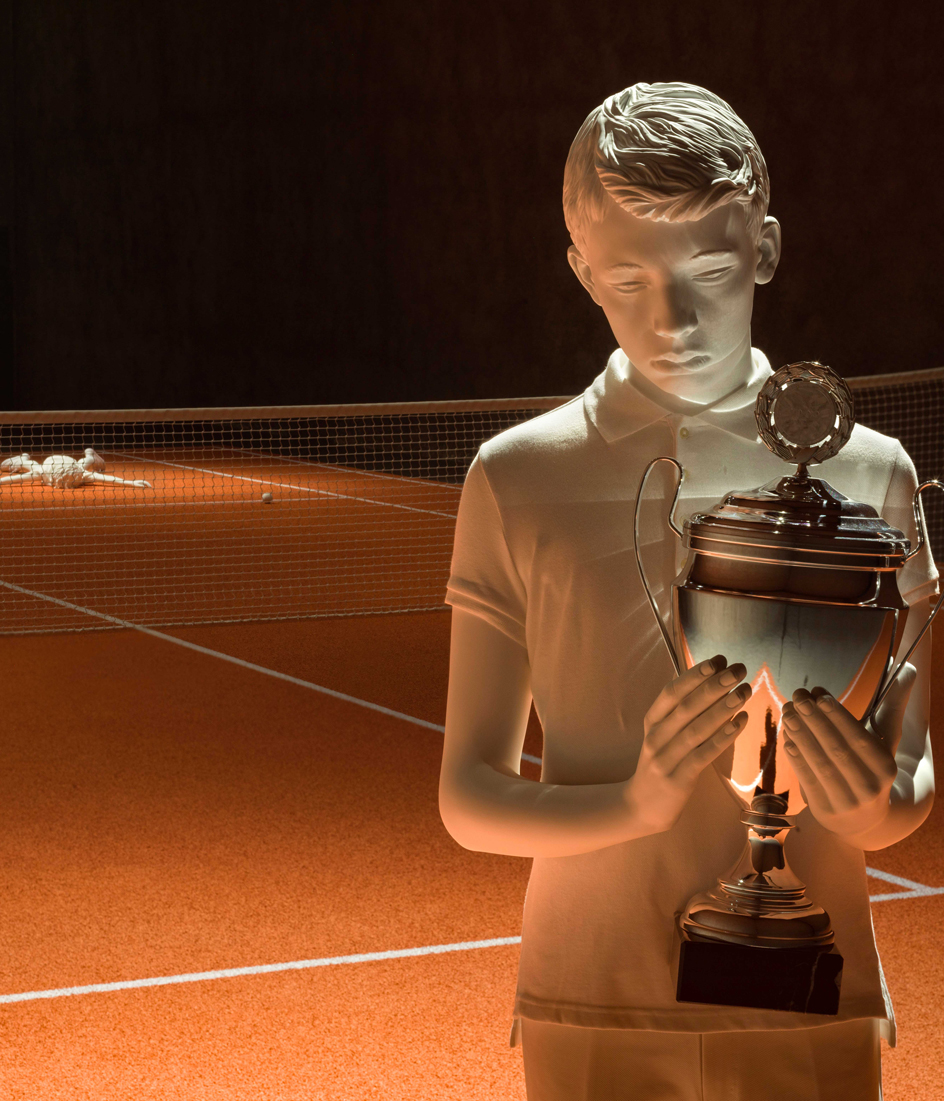
On the opposite end of the court is the bigger boy, Flo, trophy in hand but visibly perturbed by his victory.
The tennis court also comes with connotations of status. ‘In spite of the relatively low demand of equipment, the sport has often been associated with the upper-middle class of society,’ the artists point out. By situating the two boys in a class-specific setting, they seem to be alluding to another control mechanism that pervades modern society. ‘Where there is a winner and a loser, there is no team spirit or joint game building’ – their description of the game at hand could well be a metaphor for our fractured world.
And then there’s the solitary Bogdan, whose relationship to the two boys is ambiguous. Perhaps he’s their grandfather? Or, seeing as the year 1969 is engraved on Flo’s trophy, could they be figments of his memory? To such guesses, Elmgreen & Dragset are not offering any answers. What is clear is that the inclusion of Bogdan raises similar questions about sculptural history as the Fourth Plinth commission once did. ‘Sculptures of kids and old people don’t appear very often. At least if they’re not emperors or kings, or otherwise important persons. We more often see young or middle-aged heroic male figures, like warriors or workers,’ notes Elmgreen. But who is to say that the inner life of an aging, wheelchair-bound man can’t be as compelling?
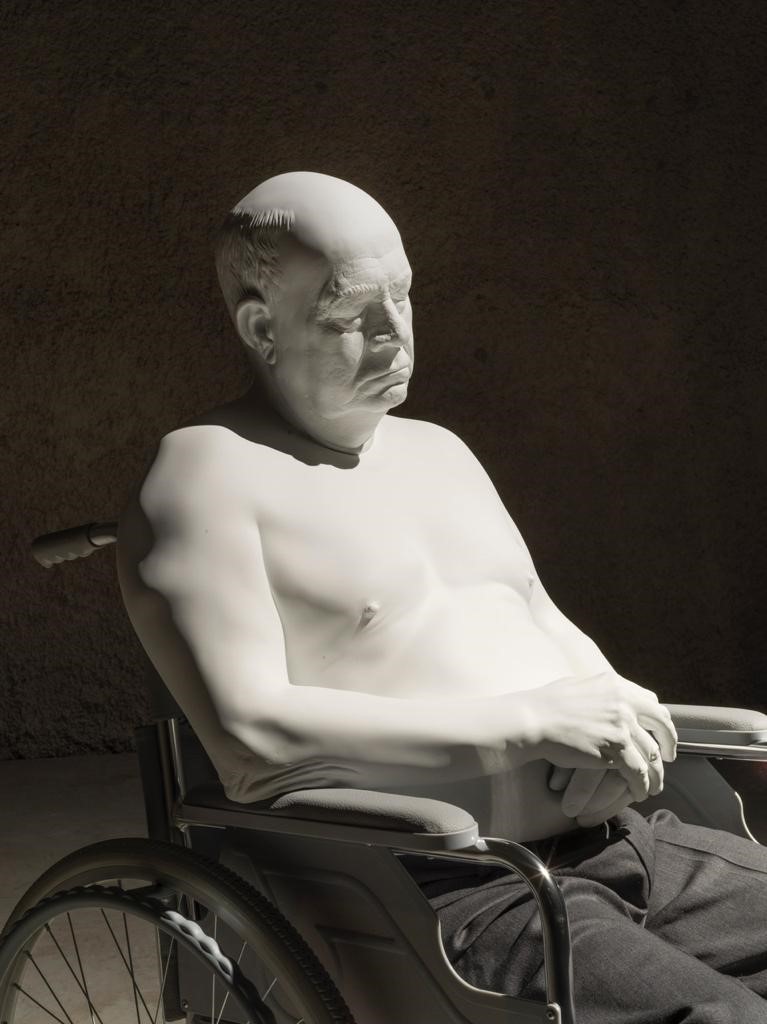
Courtesy of the artist and König Galerie, Berlin, London, Tokyo
Video walkthrough of Elmgreen & Dragset, ’Short Story’ at König Galerie
INFORMATION
‘Short Story’, until 2 August 2020, König Galerie, Berlin. To maintain social distancing, visitors are required to pre-register online for a 30 minute viewing slot. koeniggalerie.com
Wallpaper* Newsletter
Receive our daily digest of inspiration, escapism and design stories from around the world direct to your inbox.
ADDRESS
König Galerie
Alexandrinen Str 118-121
Berlin 10969
TF Chan is a former editor of Wallpaper* (2020-23), where he was responsible for the monthly print magazine, planning, commissioning, editing and writing long-lead content across all pillars. He also played a leading role in multi-channel editorial franchises, such as Wallpaper’s annual Design Awards, Guest Editor takeovers and Next Generation series. He aims to create world-class, visually-driven content while championing diversity, international representation and social impact. TF joined Wallpaper* as an intern in January 2013, and served as its commissioning editor from 2017-20, winning a 30 under 30 New Talent Award from the Professional Publishers’ Association. Born and raised in Hong Kong, he holds an undergraduate degree in history from Princeton University.
-
 Marylebone restaurant Nina turns up the volume on Italian dining
Marylebone restaurant Nina turns up the volume on Italian diningAt Nina, don’t expect a view of the Amalfi Coast. Do expect pasta, leopard print and industrial chic
By Sofia de la Cruz
-
 Tour the wonderful homes of ‘Casa Mexicana’, an ode to residential architecture in Mexico
Tour the wonderful homes of ‘Casa Mexicana’, an ode to residential architecture in Mexico‘Casa Mexicana’ is a new book celebrating the country’s residential architecture, highlighting its influence across the world
By Ellie Stathaki
-
 Jonathan Anderson is heading to Dior Men
Jonathan Anderson is heading to Dior MenAfter months of speculation, it has been confirmed this morning that Jonathan Anderson, who left Loewe earlier this year, is the successor to Kim Jones at Dior Men
By Jack Moss
-
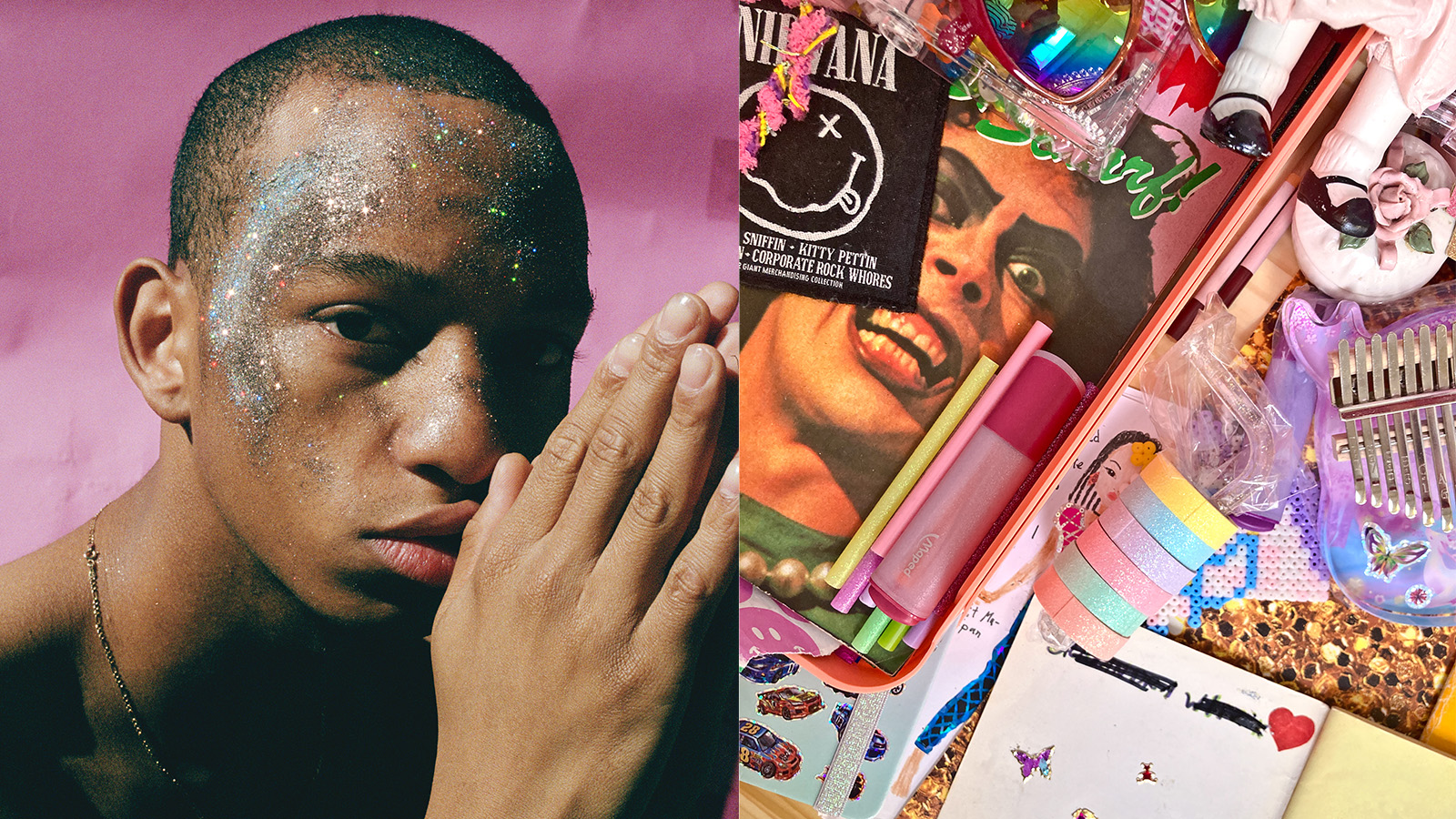 MK&G’s ‘Glitter’ exhibition: a brilliant world-first tribute to sparkle and spectacle
MK&G’s ‘Glitter’ exhibition: a brilliant world-first tribute to sparkle and spectacleMK&G’s latest exhibition is a vibrant flurry of sparkles and glitter with a rippling Y2K undercurrent, proving that 'Glitter is so much more than you think it is'
By Hiba Alobaydi
-
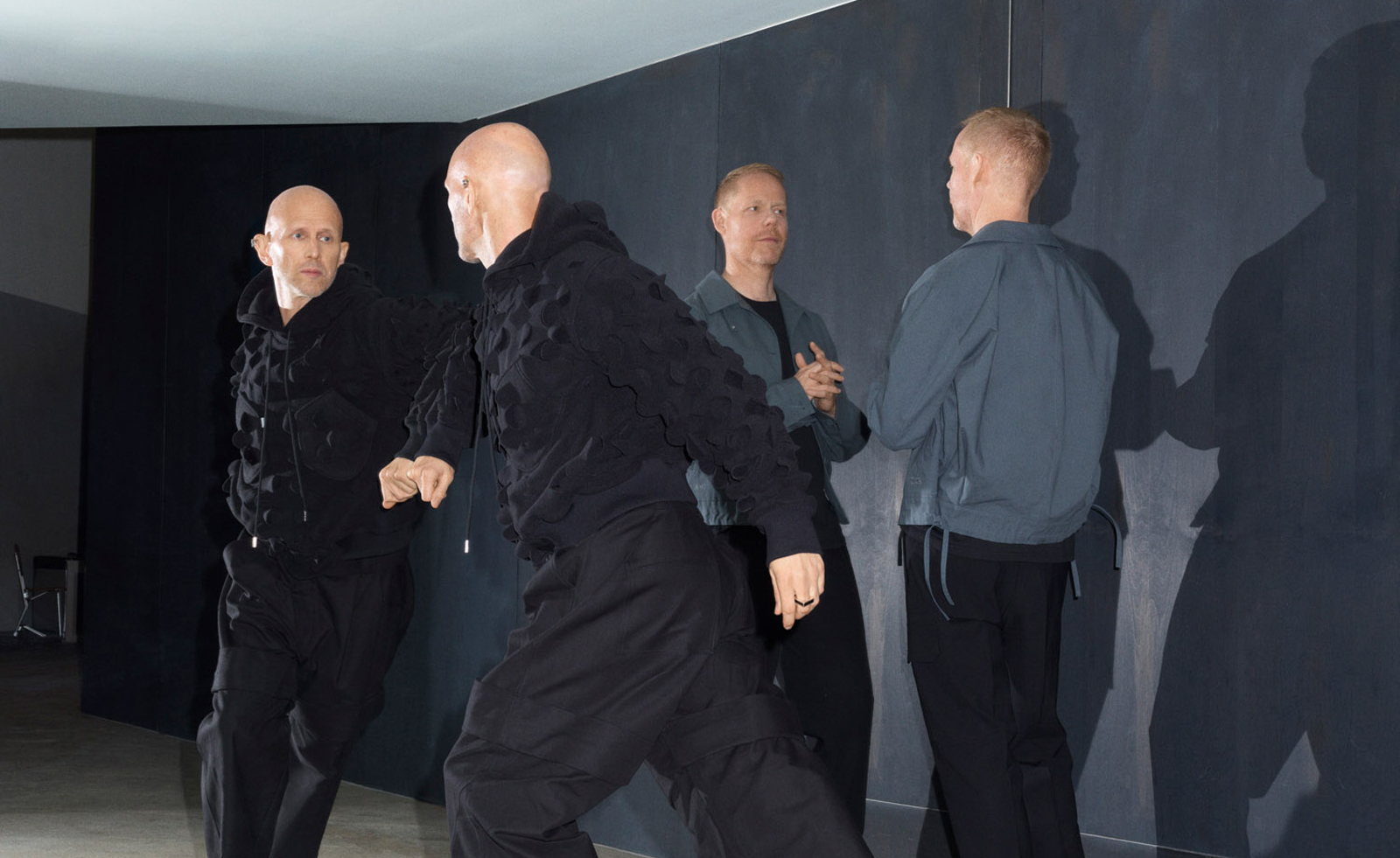 Year in review: top 10 art and culture interviews of 2024, as selected by Wallpaper’s Hannah Silver
Year in review: top 10 art and culture interviews of 2024, as selected by Wallpaper’s Hannah SilverFrom Antony Gormley to St. Vincent and Mickalene Thomas – art & culture editor Hannah Silver looks back on the creatives we've most enjoyed catching up with during 2024
By Hannah Silver
-
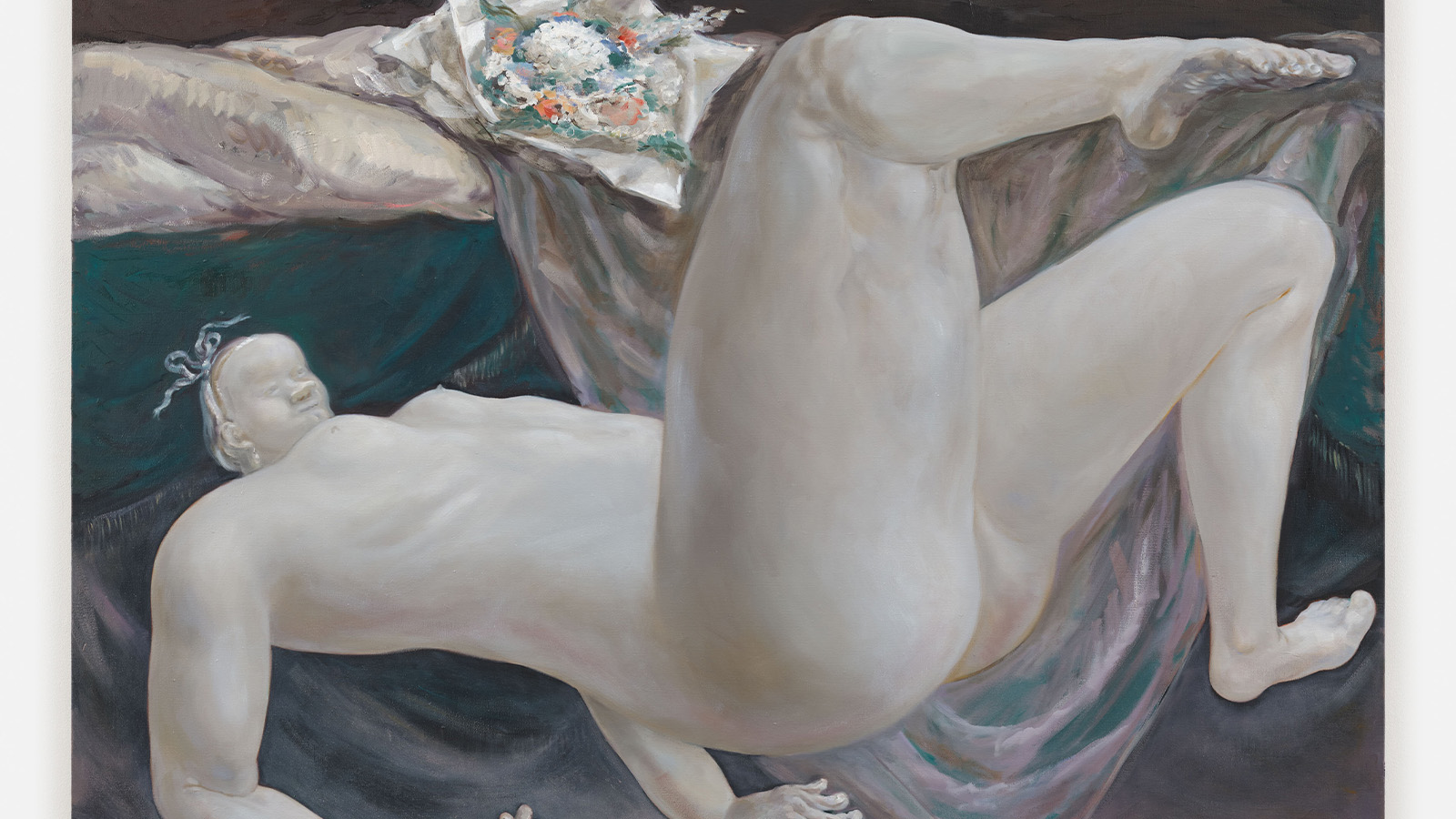 Louise Bonnet’s falling figures depict an emotional narrative to be felt rather than told
Louise Bonnet’s falling figures depict an emotional narrative to be felt rather than toldLouise Bonnet’s solo exhibition 'Reversal of Fortune' at Galerie Max Hetzler in Berlin, nods to historical art references and the fragility of the human condition
By Tianna Williams
-
 Inside Jack Whitten’s contribution to American contemporary art
Inside Jack Whitten’s contribution to American contemporary artAs Jack Whitten exhibition ‘Speedchaser’ opens at Hauser & Wirth, London, and before a major retrospective at MoMA opens next year, we explore the American artist's impact
By Finn Blythe
-
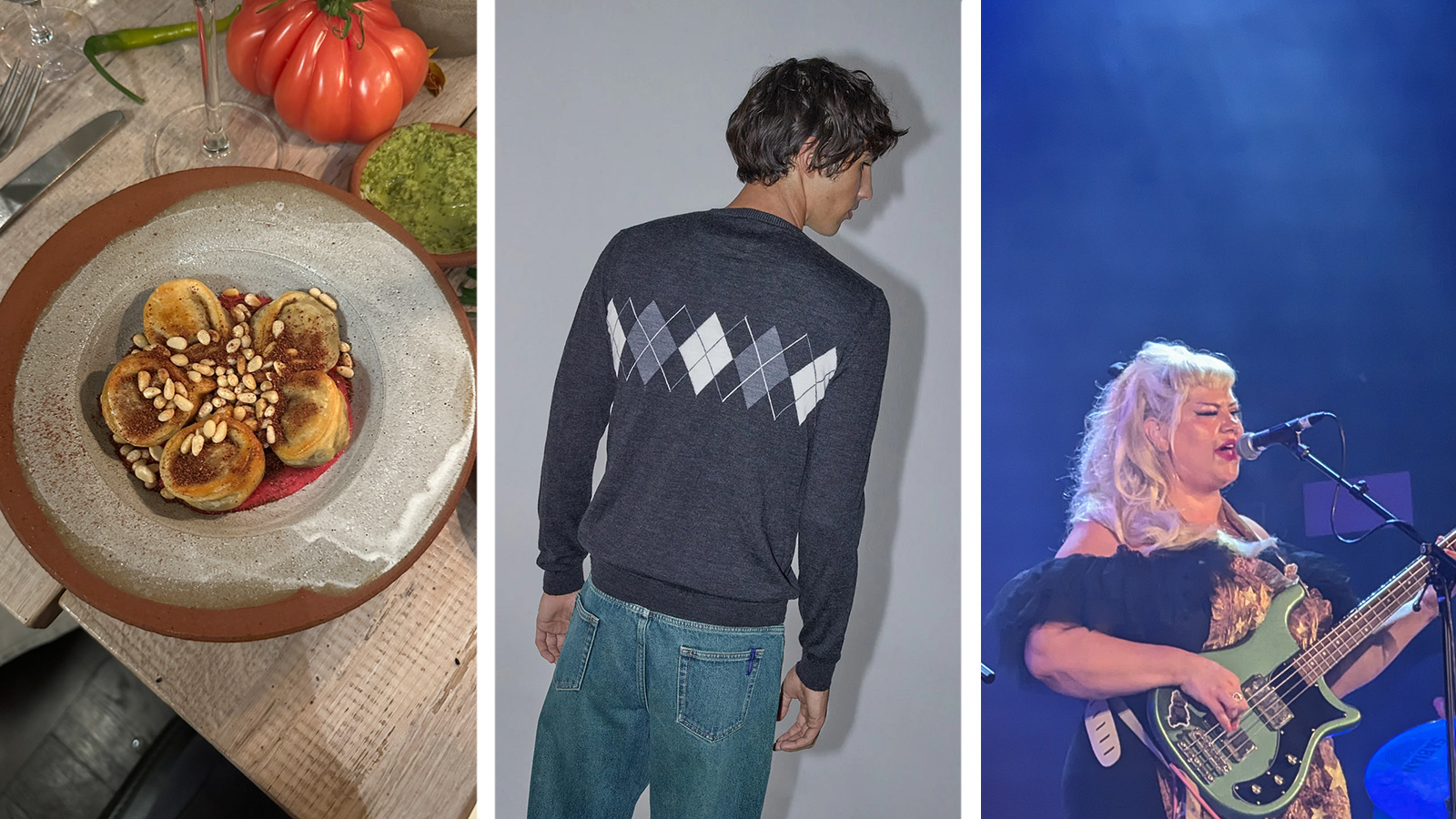 Out of office: what the Wallpaper* editors have been doing this week
Out of office: what the Wallpaper* editors have been doing this weekInvesting in quality knitwear, scouting a very special pair of earrings and dining with strangers are just some of the things keeping the Wallpaper* team occupied this week
By Bill Prince
-
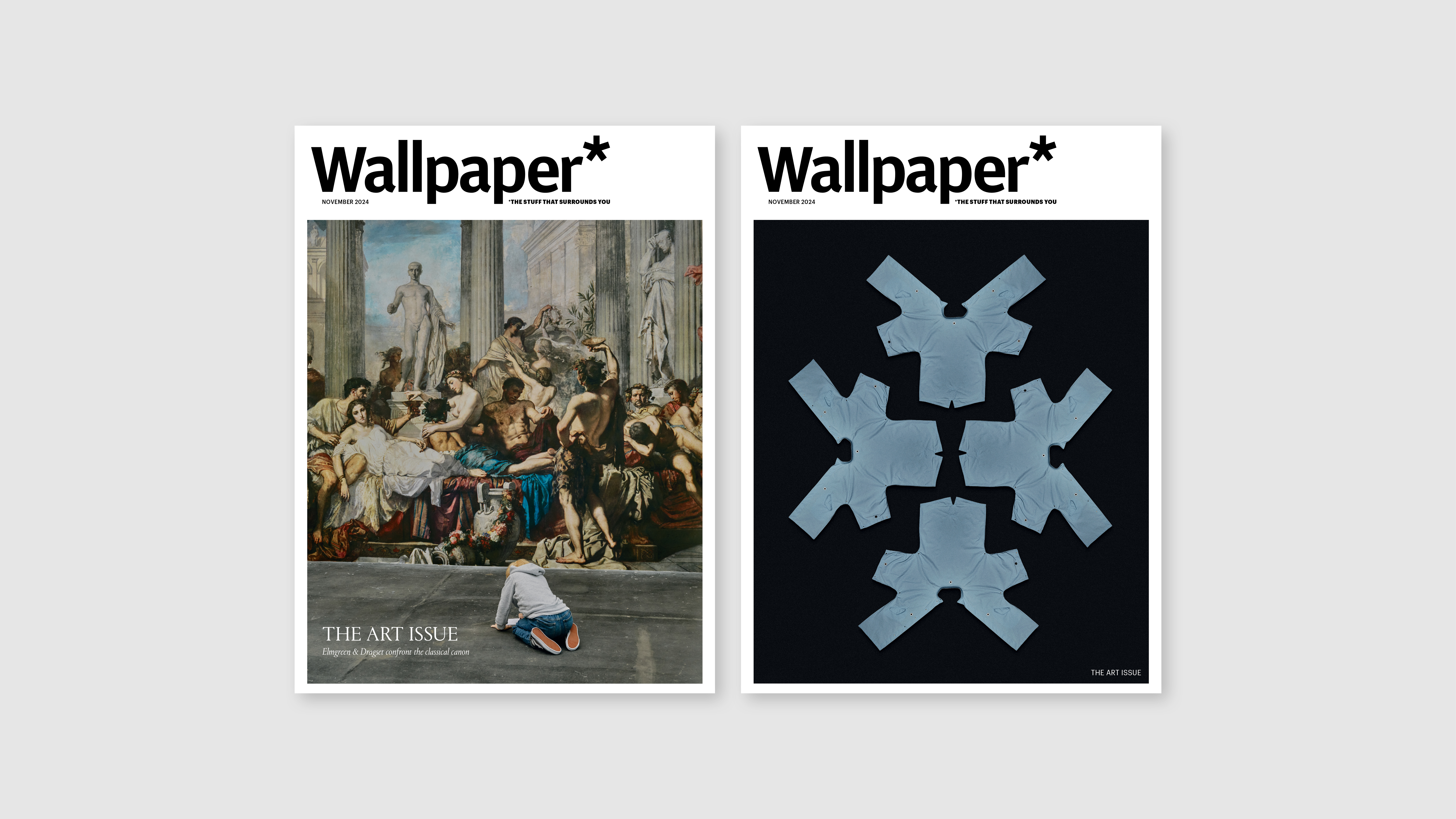 Discover Wallpaper* November 2024: The Art Issue
Discover Wallpaper* November 2024: The Art IssueThe art special is on sale now. Confront the classical canon with Elmgreen & Dragset, get down with LoveFrom x Moncler, and wear art on your sleeve with Christiane Kubrick x JW Anderson
By Bill Prince
-
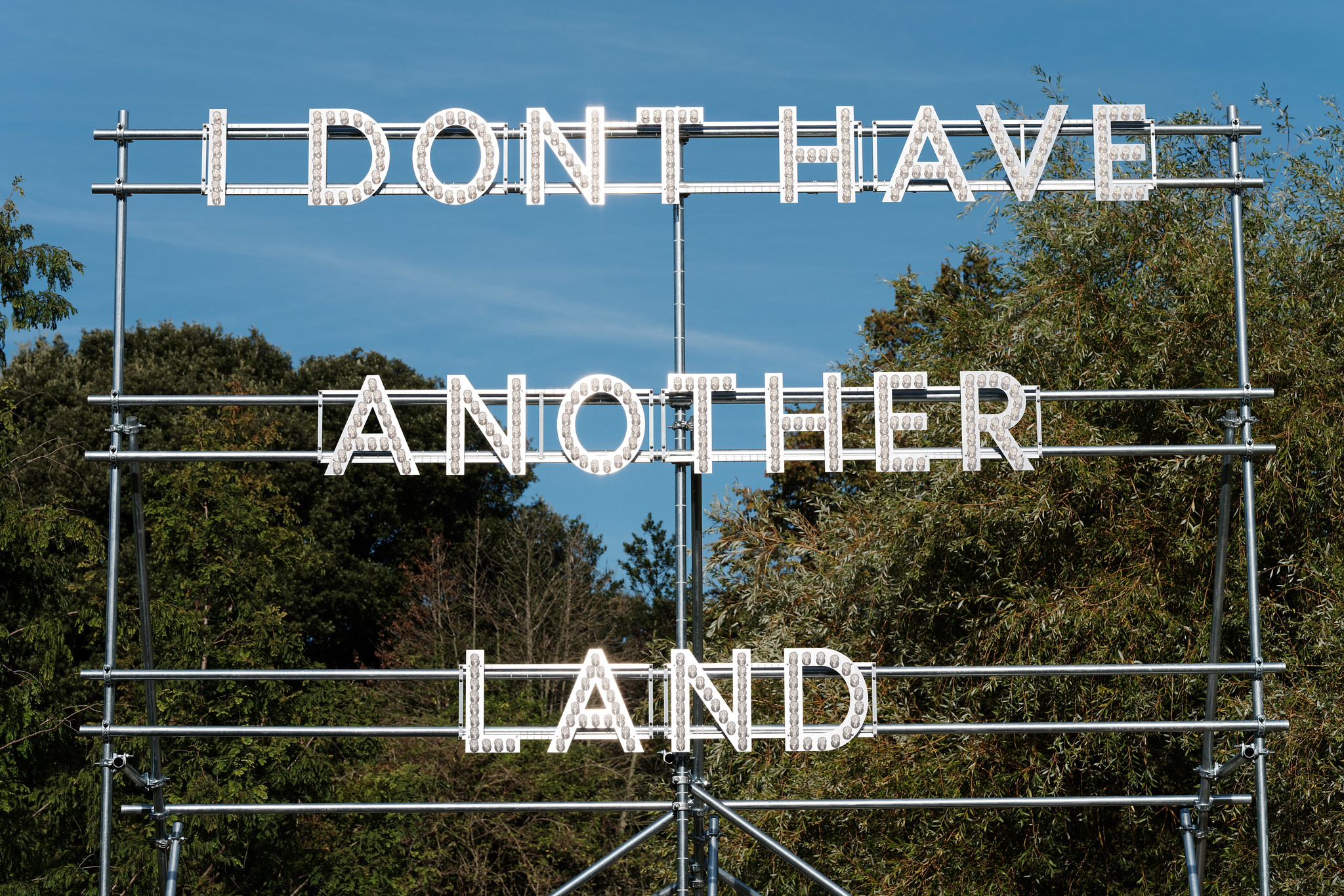 Frieze Sculpture takes over Regent’s Park
Frieze Sculpture takes over Regent’s ParkTwenty-two international artists turn the English gardens into a dream-like landscape and remind us of our inextricable connection to the natural world
By Smilian Cibic
-
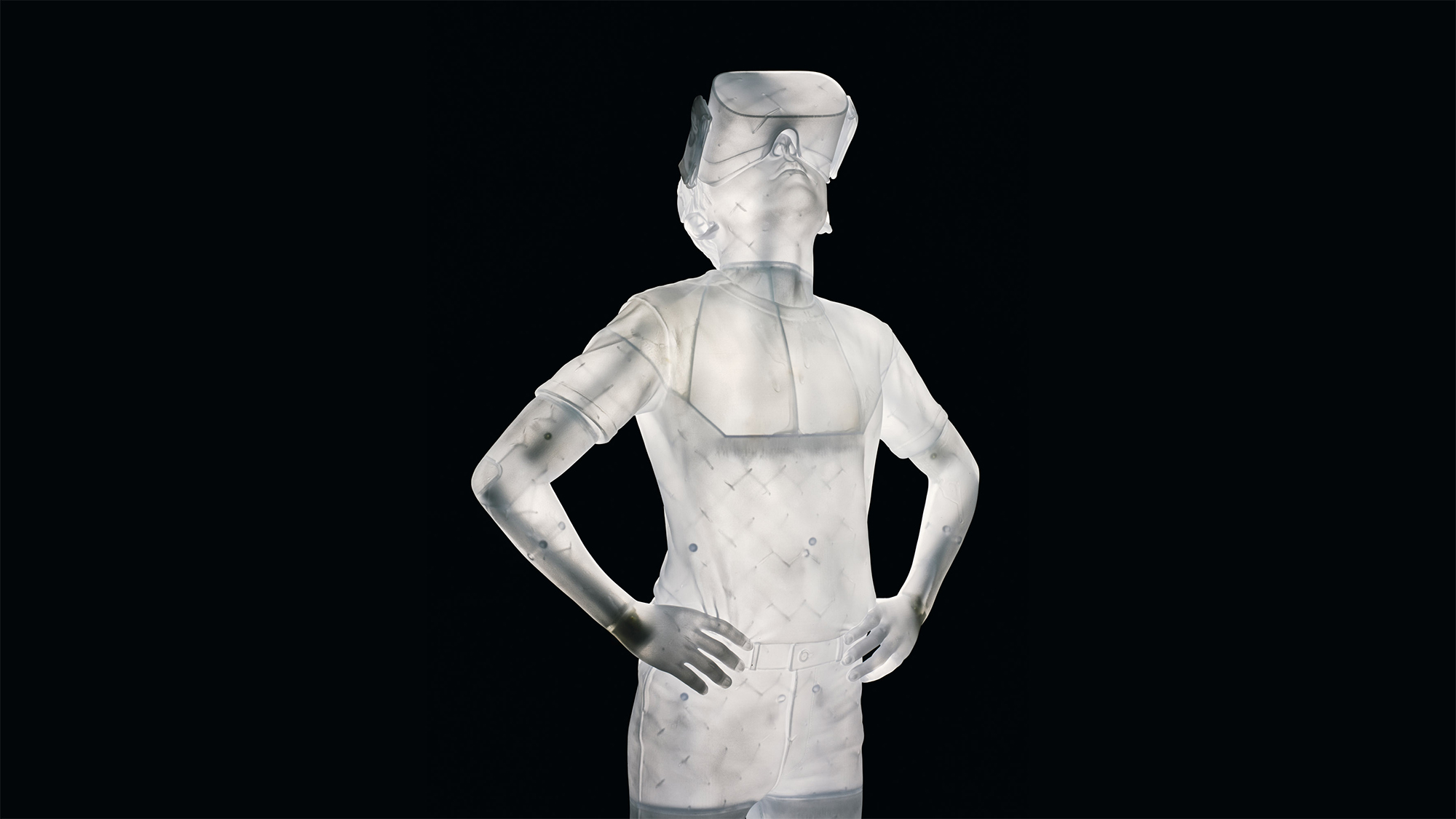 Elmgreen & Dragset explore contemporary masculinity in Paris
Elmgreen & Dragset explore contemporary masculinity in ParisWe visit Elmgreen & Dragset at their Berlin studio ahead of new exhibition ‘L’Addition’ at Paris’ Musée d’Orsay, a subversive take on the classical form
By Hannah Silver